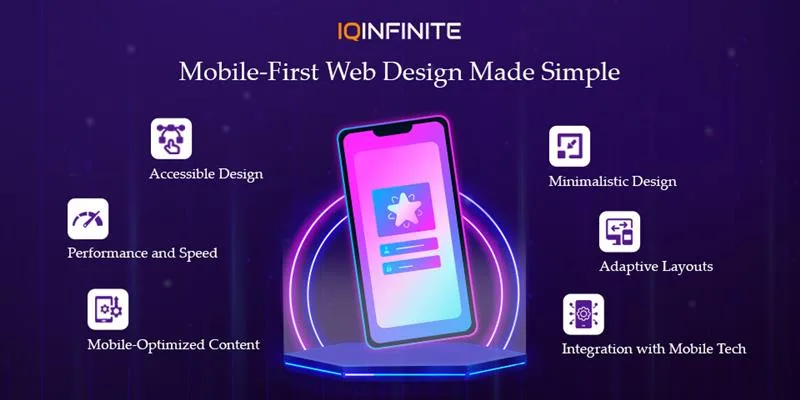Mobile-First Web Design: Best Practices for 2025

In today’s hyper-connected digital era, mobile devices are no longer just an option they are the primary gateway to the internet. By 2025, more than 75% of global web traffic will come from smartphones and tablets, making mobile-first design not simply a trend but an absolute business imperative.
Brands that fail to deliver seamless mobile experiences risk more than just a drop in rankings they risk losing customers, conversions and credibility. On the other hand, companies that prioritize mobile-first strategies like how Microsoft continually optimizes its apps and services for mobile users, will unlock stronger engagement, higher retention and a competitive edge in the ever-evolving digital marketplace.
Why Mobile-First Matters in 2025
- Mobile Dominance: With 5G and improved device capabilities, mobile browsing is faster and more immersive.
- SEO Advantage: Google continues to prioritize mobile-friendly websites for ranking.
- User Behaviour: Consumers expect instant access, seamless navigation and personalized experiences on-the-go.
Best Practices for Mobile-First Web Design in 2025
1. Prioritize Performance and Speed
Speed is the backbone of mobile-first design. A slow website drives users away before they even explore your content.
• Use lightweight frameworks and compress images to reduce load times.
• Implement lazy loading for content-heavy pages.
• Leverage serverless architecture and CDNs for global performance optimization.
Did you know? A delay of just one second in mobile load time can reduce conversions by up to 20%.
2. Responsive and Adaptive Layouts
Design must be fluid and flexible, catering to a wide variety of devices and screen types.
• Prioritize thumb-friendly navigation with easy-to-tap buttons.
• Use fluid grids and flexible images that adjust seamlessly.
• Apply adaptive breakpoints to optimize layouts for foldable devices and wearables.
3. Minimalistic and Clean UI/UX
Clarity and simplicity are key to keeping users engaged on small screens.
• Emphasize content-first design with a clear hierarchy.
• Use micro-interactions to boost engagement without overwhelming users.
• Avoid clutter simplify forms, menus and checkout flows.
4. Inclusive and Accessible Design
Accessibility is not optional it’s essential for a modern web experience.
• Provide dark mode and customizable font options.
• Ensure WCAG compliance to meet accessibility standards.
• Add voice navigation and AI-driven suggestions for inclusivity.
5. Mobile-Optimized Content
Content should be tailored for fast consumption and high engagement.
• Use short paragraphs, bullet points and visuals for easy readability.
• Focus on video-first content, as short-form videos dominate mobile engagement.
• Implement AI-driven personalization to deliver the right content to the right user.
6. Integration with Mobile Tech
Future-ready websites seamlessly blend with mobile technologies.
• Enable mobile payments (UPI, Apple Pay, Google Pay).
• Use location-based personalization for local targeting.
• Offer Progressive Web Apps (PWAs) for app-like, offline-capable experiences.
Future Trends in Mobile-First Web Design
- AI-Powered UX: Websites that learn from user behavior, offering smarter, personalized experiences in real time.
- Augmented Reality (AR) Experiences: Try on products virtually or preview furniture in your space, all through your mobile device.
- Voice-First Navigation: With voice assistants becoming mainstream, spoken commands will make browsing faster and more intuitive.
- Sustainable Design: From eco-friendly coding to energy-efficient hosting, responsible design will become a priority for forward-thinking brands.
Conclusion
Whether it’s through responsive layouts, seamless mobile payments or immersive AR experiences, designing with the mobile user in mind means stronger engagement, better SEO rankings and higher conversions.
